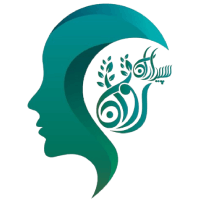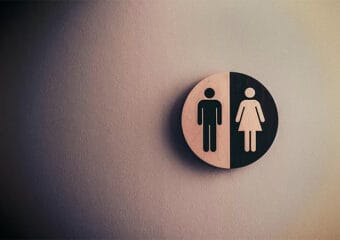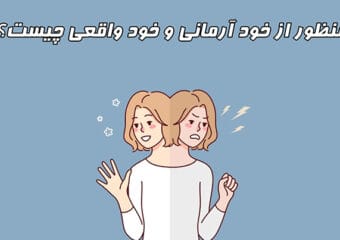
Blog
Bipolar disorder
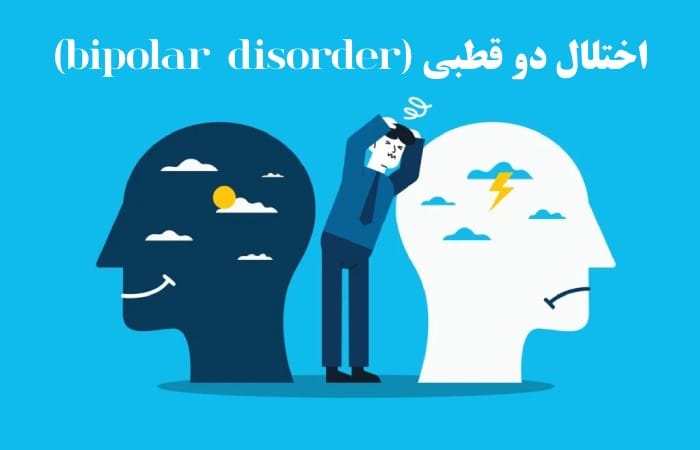
Bipolar disorder or manic depression is one of the most common disorders that appear in late adolescence and early adulthood. Most people live with this disorder without starting the treatment process.
فهرست عناوین
ToggleWhat is bipolar disorder?
Considering that life is dynamic and has many ups and downs, it is normal for every person to experience mood changes, but individuals with bipolar disorder experience intense mood swings. These swings range from severe depression to extreme mania, and people experience severe depression in one stage and mania in the other. These changes occur in the form of zero and hundred. Bipolar disorder is more prevalent in women than in men.
Bipolar disorder is a brain disorder that involves extreme mood changes. Individuals experience fluctuations in energy levels, impacting their performance, alternating between states of depression and mania.
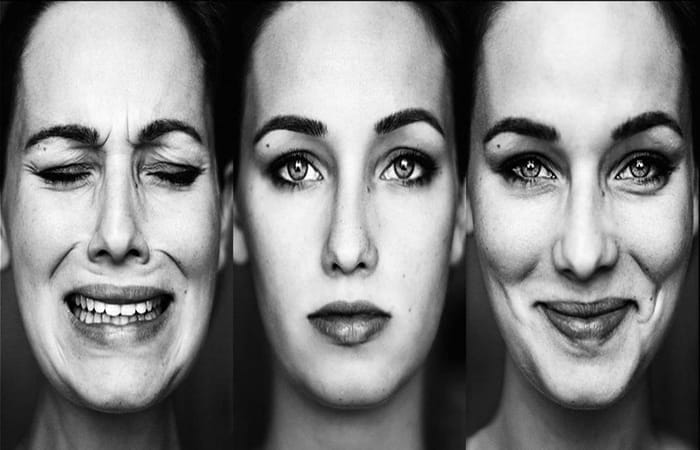
Signs and symptoms of depression
The signs and symptoms of depression include:
- Feeling sad
- Feeling hopeless
- Boredom
- Lack of motivation
- Numb
- Energy reduction
- A lot of fatigue
- High irritability
- Lack of concentration
- Sleep disorders
- Suicidal thoughts
- Change in appetite “Anorexia or anorexia”
- Tendency to be silent and taciturn
- Desire to be alone and secluded
- Reluctance to daily activities
- Lack of interest and pleasure in usual activities
Signs and symptoms of manic episodes
Signs and symptoms of a manic period include:
- Feeling euphoric and full of energy
- Feeling distressed
- High self-confidence
- Increase physical activity
- Extreme irritability
- High Anxiety
- Impatience
- Distraction
- Aggressive behaviors
- Talk a lot
- Ambitious and irrational thoughts
- Jumping from one topic to another while talking
- Impulsive behavior
- Unrealistic belief in one’s abilities
- Lack of sleep for several days without feeling tired
- Increasing risky behaviors such as drug and alcohol abuse or huge investments without logic
- Increased sexual behavior
- People with this disorder may also experience psychosis, which manifests as hallucinations and delusions.
Suggested article: Family psychology
The cause of bipolar disorder
Bipolar disorder is associated with chemical changes in the brain, but the precise cause of this disorder has not yet been determined. The role of heredity in development should not be underestimated, as 45 to 50% of the risk is linked to hereditary factors.
Environmental conditions also play a role in the emergence of this disorder. Although people may have a hereditary background of this disease, it remains latent and does not manifest.
Experiencing trauma, stressful situations, and drug and alcohol use can increase the likelihood of developing the disorder.
Types of bipolar disorder
There are four types of bipolar disorder, and mood changes occur in all four cases.
Bipolar disorder type 1: Bipolar disorder type 1 is characterized by manic episodes that last for at least seven days and are so intense that immediate hospitalization and medical care may be necessary. Typically, individuals with this type of bipolar disorder experience deep depression for around two weeks. The mood swings between depression and mania can cause significant changes in a person’s mood, making it challenging for people with this disorder to distinguish between reality and fantasy.
Bipolar disorder type two: People with this type of disorder experience one or more severe periods of depression along with mild periods of mania, and these people usually experience prolonged periods of depression and shorter periods of full mania. It can be said that in the second type, the symptoms of depression are often more distressing for individuals than the symptoms of mania. This type of bipolar disorder also carries a higher risk of suicide.
Periodic disorder or Cyclothymia: It is a chronic bipolar disorder. People with this disorder do not experience severe periods of depression and mania, so it is considered a mild form of bipolar disorder. The symptoms may persist for at least two years.
Unspecified bipolar disorder: Unspecified bipolar disorder refers to symptoms that do not fit into the other three types. For these individuals, bipolar symptoms may either take longer to appear or be less severe.
The difference between bipolar disorder and depressive disorder
The main difference between these two disorders is that people with depressive disorder do not experience manic episodes and only have intense and long-term depressive symptoms. On the other hand, individuals with bipolar disorder may experience short-term or even long-term depressive symptoms, but after the depression period, they also enter the mania stage.
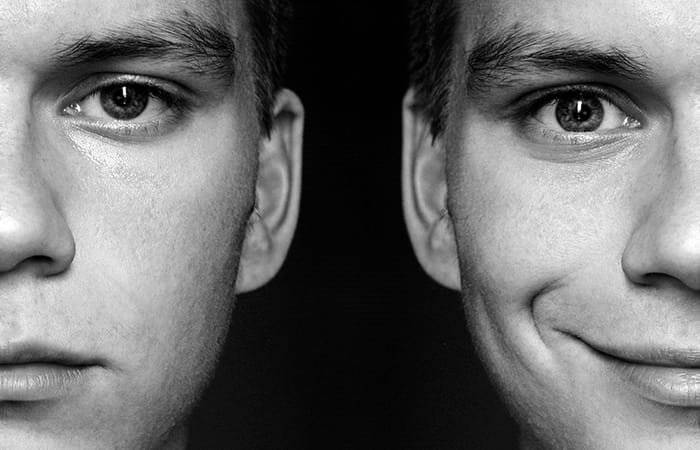
Bipolar disorder and its relationship with other disorders
Bipolar disorder can cause the emergence or aggravation of anxiety disorders, attention deficit hyperactivity disorder, panic attacks, and physical illnesses. Treatment and solutions to help people with this disorder Because this disorder is related to the brain’s chemistry, you cannot expect logic and reason from these people. It makes it hard to communicate with them, as they may not want to go to a therapist during the depression period and avoid any conversation. During the manic phase, individuals feel euphoric and hold unrealistic beliefs, making it difficult for them to acknowledge their problems. Therefore, the people around these people can play a helping role.
Bipolar disorder cannot be definitively cured, but it can be managed with psychotherapy and medication. Certain treatments can help balance the brain chemistry of individuals with this condition.
Psychotherapy can help reduce mood swings and improve a person’s performance. In addition to individual psychotherapy, family therapy can be beneficial because family members interact with these individuals and aid their treatment.
Psychiatrists can help control this disorder and, if necessary, refer the person to a psychiatrist to start drug therapy according to the type of disorder and its severity. Lithium is one of the mood-stabilizing drugs used in the treatment of this disorder.
برای مشاوره رایگان و رزرو وقت (یا اگر تماس گرفتید و قادر به پاسخگویی نبودیم) شماره تماس خود را وارد کنید. ما به زودی با شما تماس می گیریم!
